- October 22, 2023
13 Velcro Dog Breeds That Won’t Leave Your Side (With Pictures)
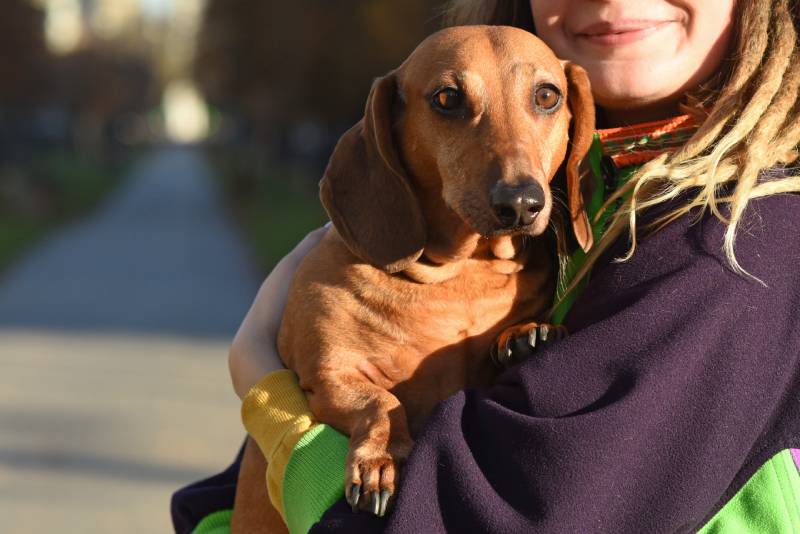
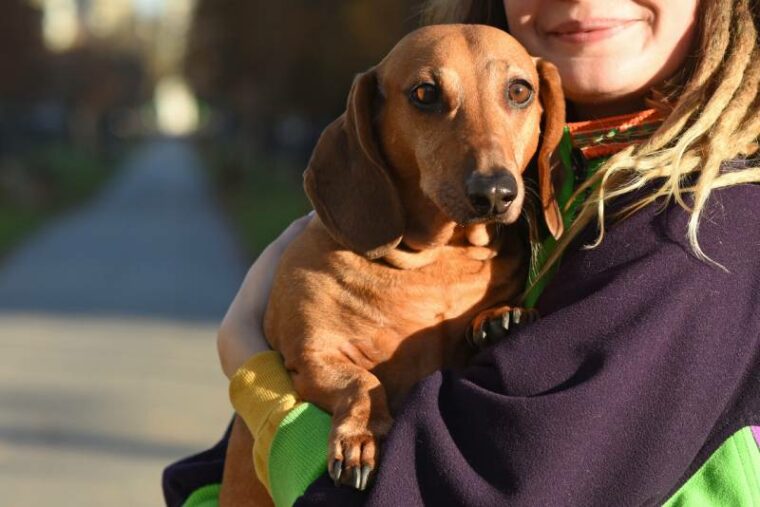
A “Velcro” dog is a dog that follows their owner everywhere, loves to be snuggled on the couch, and prefers to be in the presence of a human family over being alone or with other dogs.
While some dogs value their independence and personal space, others are better suited to owners who want to spend a lot of time around their dogs. Here are the 13 Velcro dog breeds.

What Are Velcro Dogs? How Are They Classified?
The term “Velcro dog” comes from the clingy hook-and-loop closure brand Velcro. It’s used to refer to dogs that like to be close to their humans, whether following you around the house or more extreme behaviors like separation anxiety, which can occur in any dog.
While having a clingy dog can be nice, it’s important to understand what these breeds need and train them appropriately to ensure they like spending time with you in a healthy way, not that they’re afraid to be alone.

Top 13 Velcro Dog Breeds
1. Pomeranians

| Origin: | Central Europe |
| Lifespan: | 12–16 years |
| Height: | 6–7 years |
The Pomeranian is a beloved companion dog that’s been a favorite of royalty, including Queen Victoria. These tiny dogs have a fox-like look and plenty of personality. Though they’re related to some of the working spitz breeds of Europe, Pomeranians are a happy lap dog that wants to be with their owner at all times.
2. Chihuahua
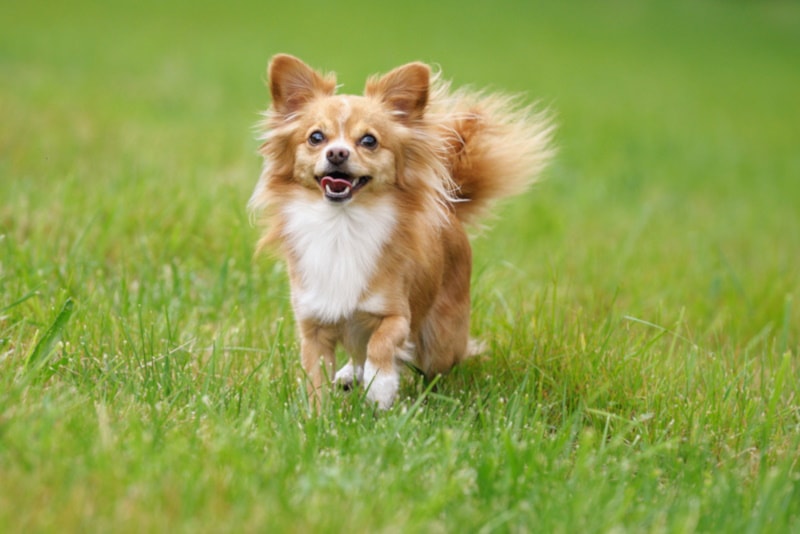
| Origin: | Mexico |
| Lifespan: | 12–20 years |
| Height: | 3–9 inches |
The Chihuahua is another tiny dog bred for companionship. One of the oldest breeds in the Americas, dating back to pre-Columbian times, the Chihuahua is a loyal but tenacious dog that’s ideal for city life with homebody owners.
3. German Shepherd
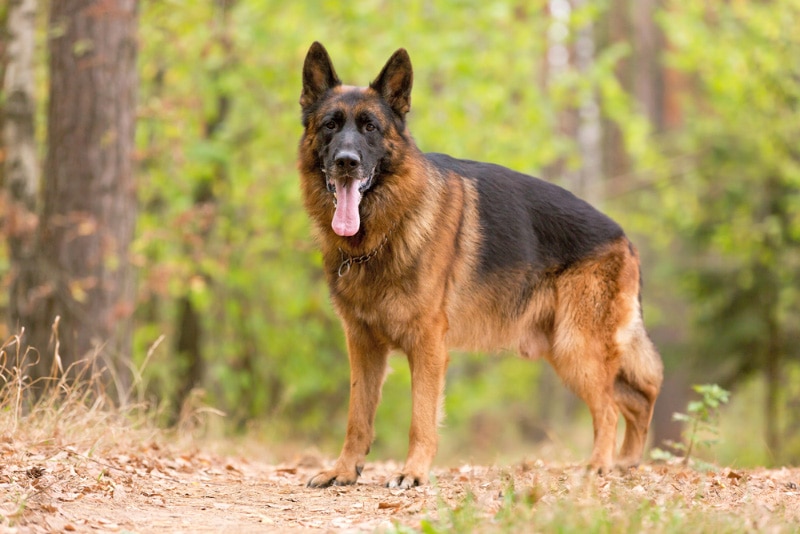
| Origin: | Germany |
| Lifespan: | 9–13 years |
| Height: | 22–26 inches |
The German Shepherd is a herding and working dog capable of independence, but they’re known to be needy if they’re not constantly challenged and stimulated. With many dog owners keeping German Shepherds as pets rather than working dogs, they can easily develop separation anxiety if they’re not properly trained and socialized.
4. Border Collie
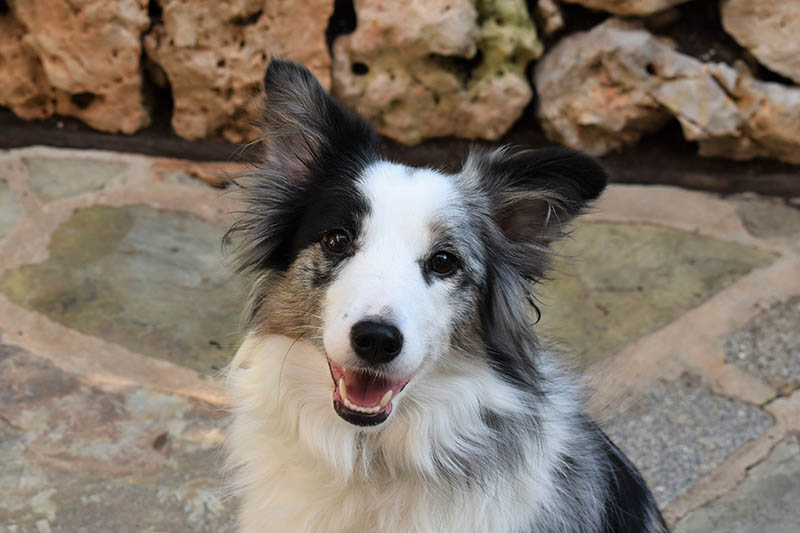
| Origin: | Great Britain |
| Lifespan: | 10–17 years |
| Height: | 18–22 inches |
The Border Collie is another working breed with a lot of intelligence and energy. These dogs are hard workers and need a lot of exercise and stimulation. If they don’t get it, boredom, destructive behaviors, and separation anxiety can develop. In addition, Border Collies were bred to work alongside humans and have a strong bond with their owners.
5. Australian Shepherd
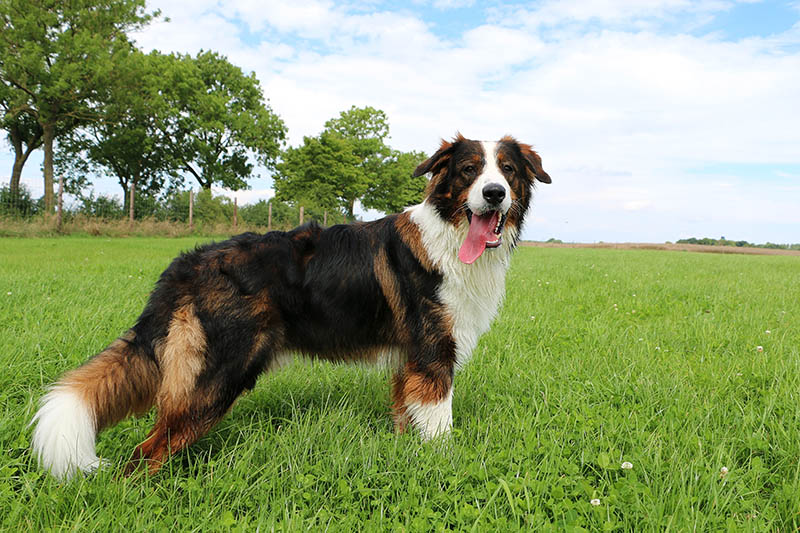
| Origin: | Asturias, Spain |
| Lifespan: | 13–15 years |
| Height: | 18–23 inches |
The Australian Shepherd is a lean ranch dog perfected in California but originated in Asturias, Spain. These dogs worked closely with cowboys in the rodeo circuit and are used to working with humans, so they can be clingy. Like other herding breeds, they are tireless and highly trainable, but you have to put the work in to keep them occupied.
6. Papillon
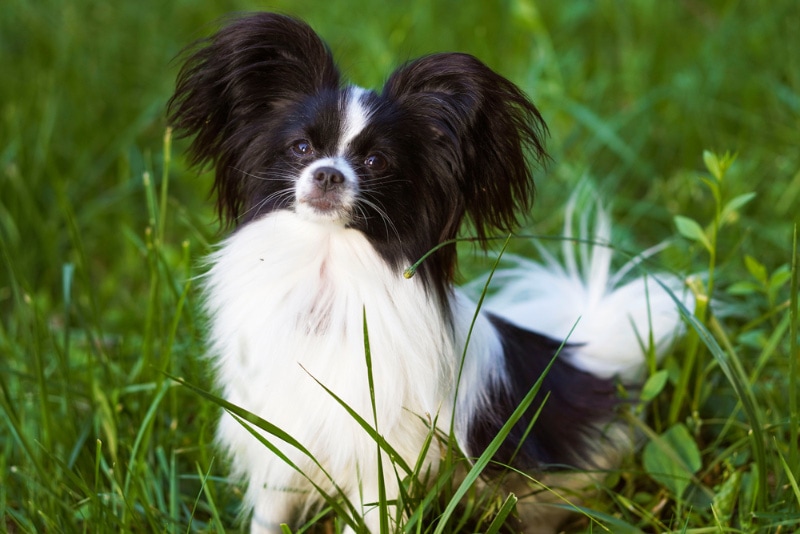
| Origin: | France, Belgium, Spain |
| Lifespan: | 13–15 years |
| Height: | 8–11 inches |
The Papillon is a toy dog with incredible athleticism. Highly adaptable, the Papillon can thrive in the city or country, warm or cool climates, and with single owners or families. They are excellent at agility and other canine sports, but they can thrive in a quiet home as long as they have a lot of attention and enrichment.
7. French Bulldog
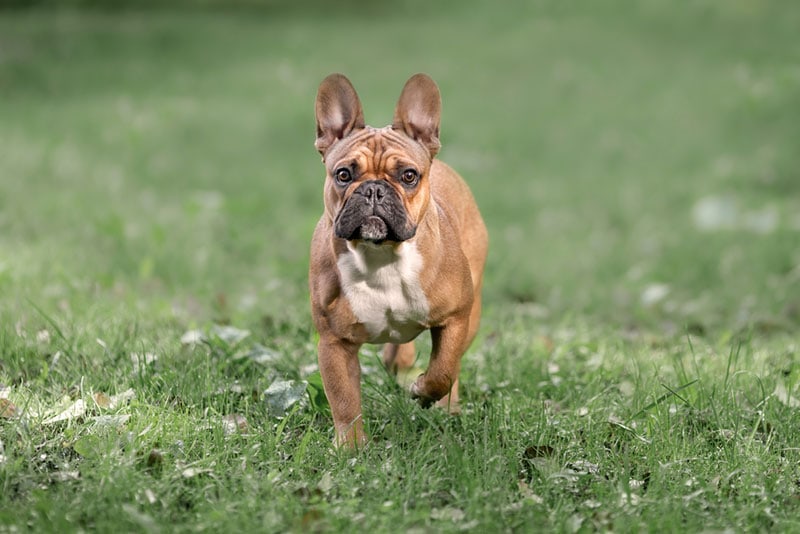
| Origin: | Paris, France |
| Lifespan: | 10–12 years |
| Height: | 11–13 years |
The French Bulldog is one of the most popular small dog breeds, particularly for city dwellers. A miniature version of the Bulldog with erect bat ears, the Frenchie is an affectionate and alert dog that enjoys all types of households as long as they can be with their owners.
8. Pug
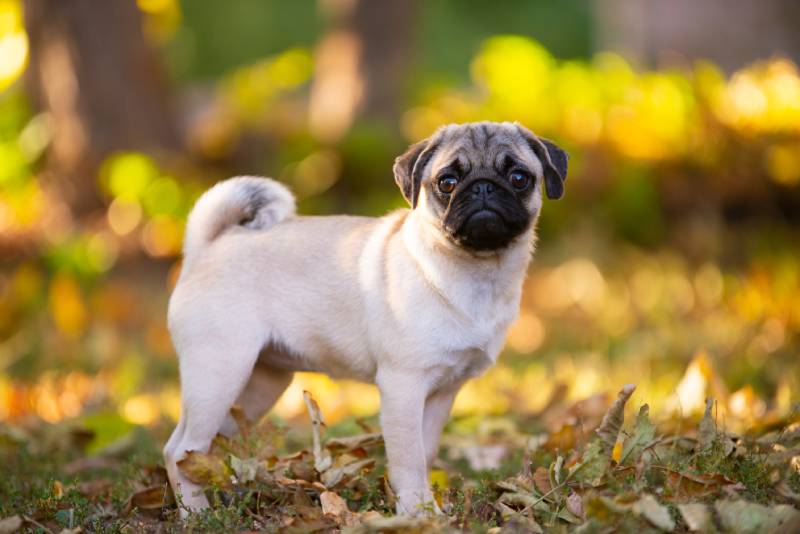
| Origin: | China |
| Lifespan: | 12–15 years |
| Height: | 12–14 inches |
The Pug was bred as a companion for Chinese emperors and as the mascot of Holland’s royal House of Orange. A small but solid companion, the Pug is known for curiosity, affection, and human-like expressions that delight owners. These dogs do not do well on their own, however, so they’re best for owners who spend a lot of time at home.
9. Yorkshire Terrier
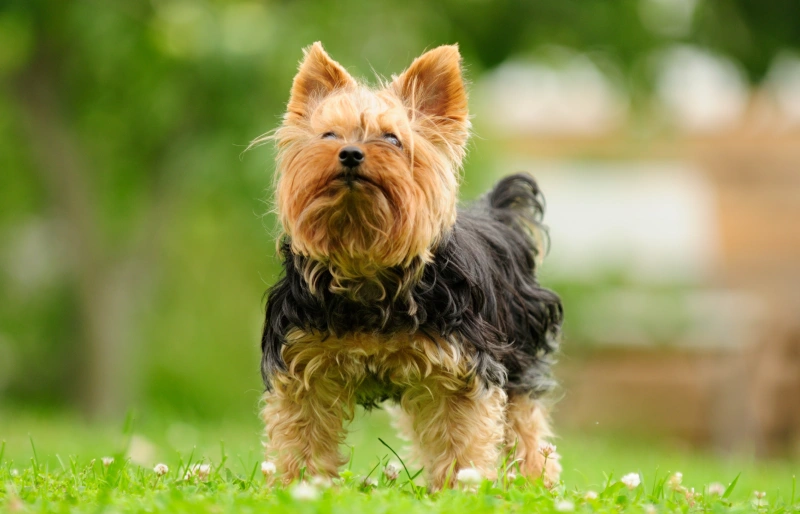
| Origin: | Great Britain |
| Lifespan: | 13–16 years |
| Height: | 7–8 inches |
The Yorkshire Terrier is a fancy lapdog that was bred to be a feisty ratter. Before becoming a companion dog to nobility, these dogs flushed vermin out of mines and mills. Now, they’re perfect as a small companion for city dwellers.
10. Labrador Retriever

| Origin: | Great Britain |
| Lifespan: | 10–12 years |
| Height: | 21–24 inches |
The Labrador Retriever is a popular and high-spirited companion that’s ideal as a family dog. Sturdy yet gentle, the Lab was bred as a gundog and retriever for waterfowl. While they’re still used for hunting, Labs are often kept as family dogs. Surprisingly, these dogs can be needy and struggle if their owners are not around.
11. Vizsla
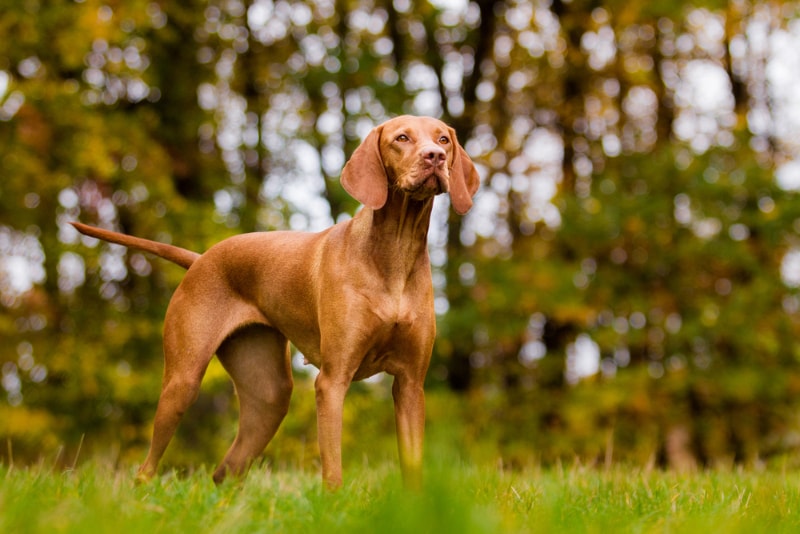
| Origin: | Hungary |
| Lifespan: | 12–15 years |
| Height: | 21–25 inches |
The Vizsla is a versatile gundog that was built to spend days in the field. Bred for Hungarian sportsmen, the Vizsla always worked closely with humans and develops a strong bond with their owners. Even with plenty of exercise and enrichment, these dogs don’t like to be left alone.
12. Doberman Pinscher
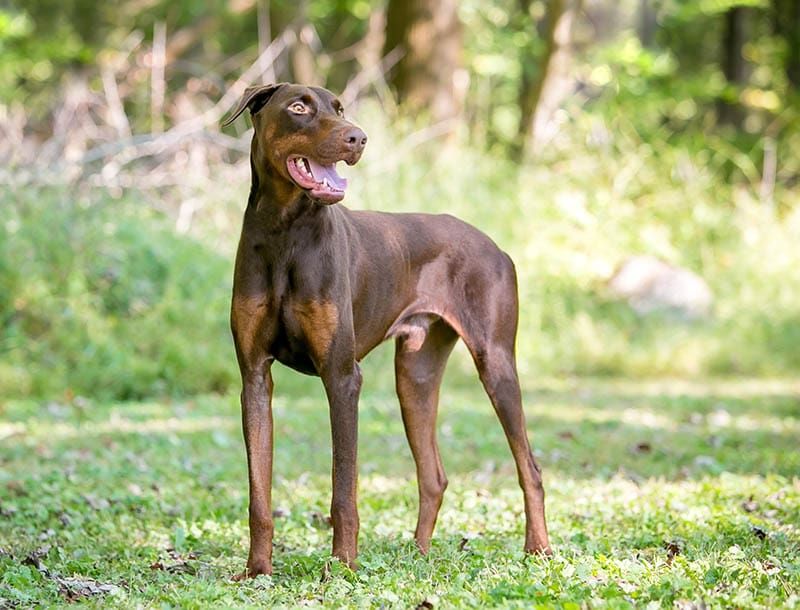
| Origin: | Germany |
| Lifespan: | 10–13 years |
| Height: | 25–27 inches |
The Doberman Pinscher is a noble breed that’s been used for protection. Compact and muscular, the Doberman’s looks belie its affection and gentleness. Their protective instincts were honed over generations and stemmed from their fierce love and protection for their owners.
13. Dachshunds
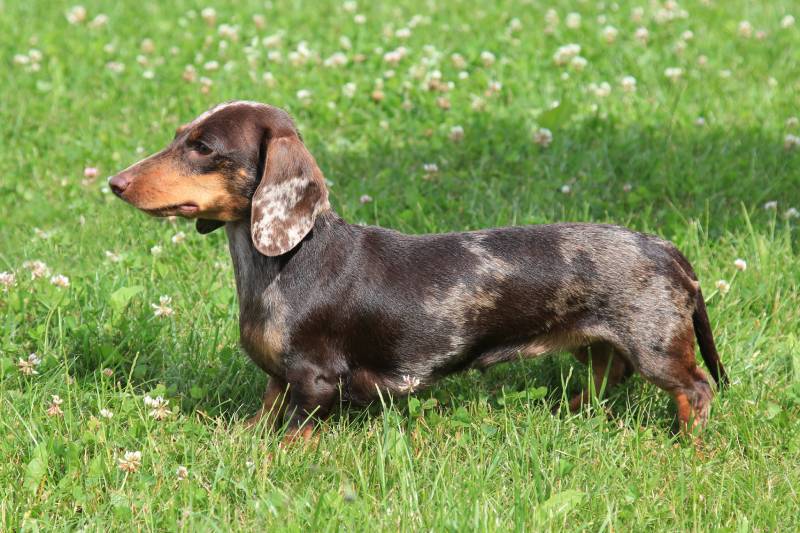
| Origin: | Germany |
| Lifespan: | 12–16 years |
| Height: | 5–9 inches |
The Dachshund comes in standard and miniature sizes and boasts a bold personality. Bred to be an independent hunter and watchdog, the Dachshund is surprisingly needy. They hate to be left alone, so they’re best suited for busy households with owners who are willing to spend a lot of time with them.

What Is Separation Anxiety in Dogs?
Separation anxiety can develop in any dog, but it’s a greater possibility with clingy breeds. It’s important for puppies to be well-socialized and understand how to spend time alone. Otherwise, dogs become overly attached or dependent on family members and develop anxiety and distress when they’re left alone. Left untreated, separation anxiety can evolve into problem behaviors like excess barking or whining, destruction, and house soiling when owners aren’t home.
If you want to get a clingy dog breed, it’s crucial to research the breed and ensure that you have the appropriate lifestyle. People who travel often or work long hours outside of the home are better suited to more independent breeds. You should also devote plenty of time to early training to develop a well-adjusted puppy who’s confident on their own.

Conclusion
Whether you want a large breed or small, Velcro dogs come in all shapes and sizes. Clingy can be a cute trait in a dog but be sure to help your dog adjust to being alone for short periods to avoid stress and separation anxiety.
Featured Image Credit: TetiBond, Shutterstock
Tags
What do you think?
Related Articles

New Puppy Checklist: Gear You’ll Need for Your New Dog
Getting a new puppy is really exciting, but before you welcome them home, it’s important to prepare your space for them. Since puppies need a
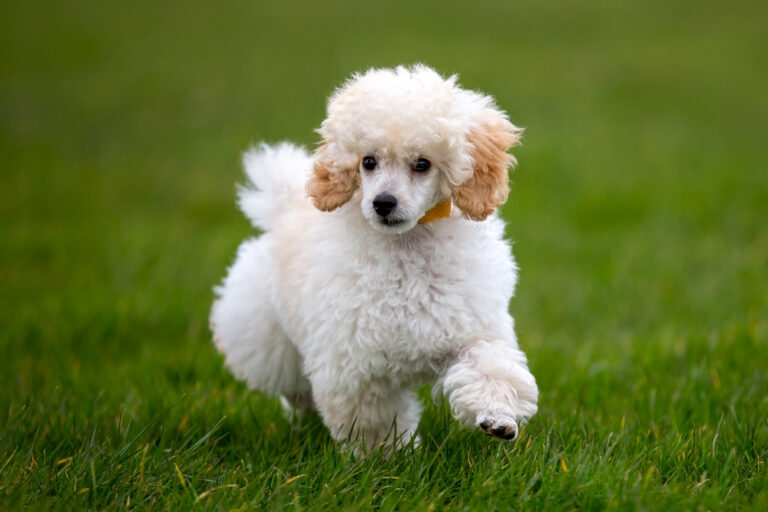
How Big Do Mini Poodles Get? Vet Reviewed Average Weight & Growth Chart – Dogster
The information is current and up-to-date in accordance with the latest veterinarian research. Learn more » When you buy a Miniature Poodle, you might not

Can Police Dogs Smell Nicotine? Vet Verified Facts & Info – Dogster
The information is current and up-to-date in accordance with the latest veterinarian research. Learn more » While cigarette sales have been declining steadily for decades,
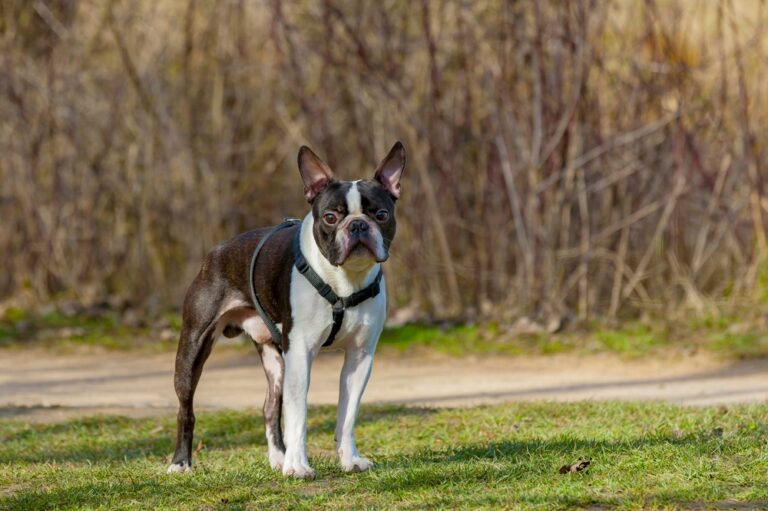
How Old Is 5 in Dog Years? Vet-Approved Guide to Each Size of Dog – Dogster
The information is current and up-to-date in accordance with the latest veterinarian research. Learn more » A common method for calculating a dog’s age is

